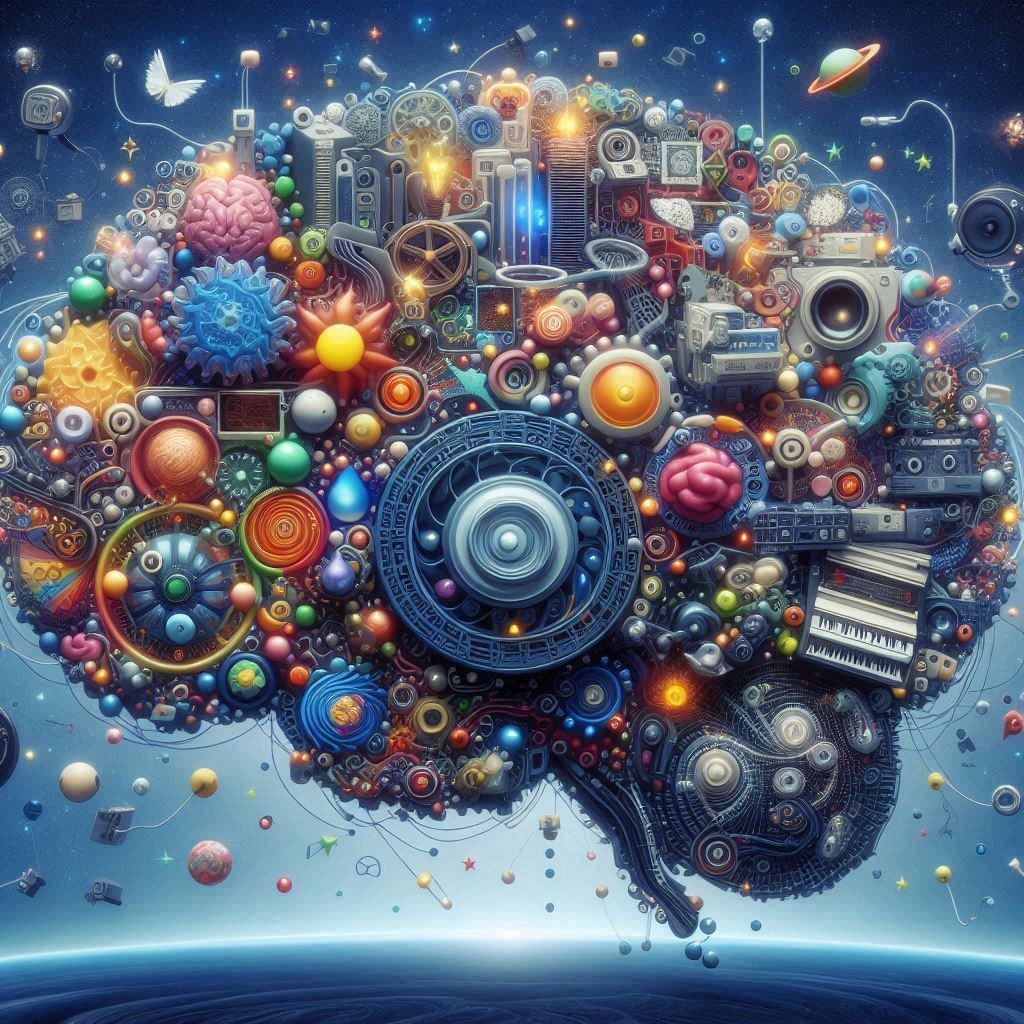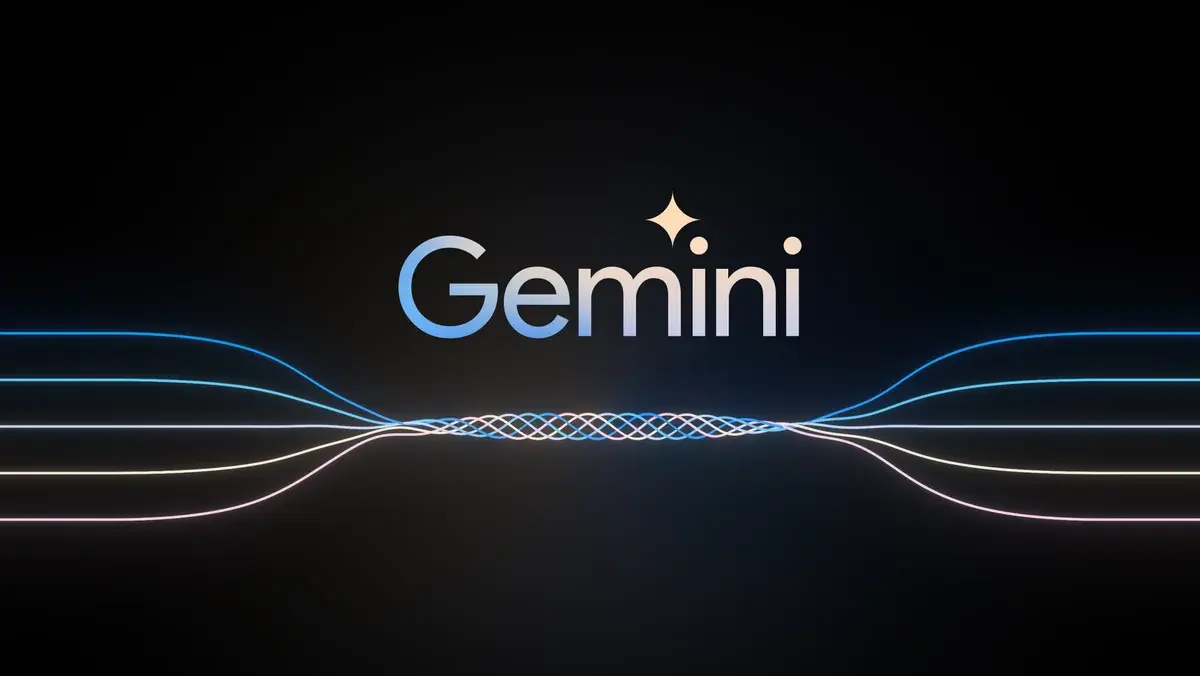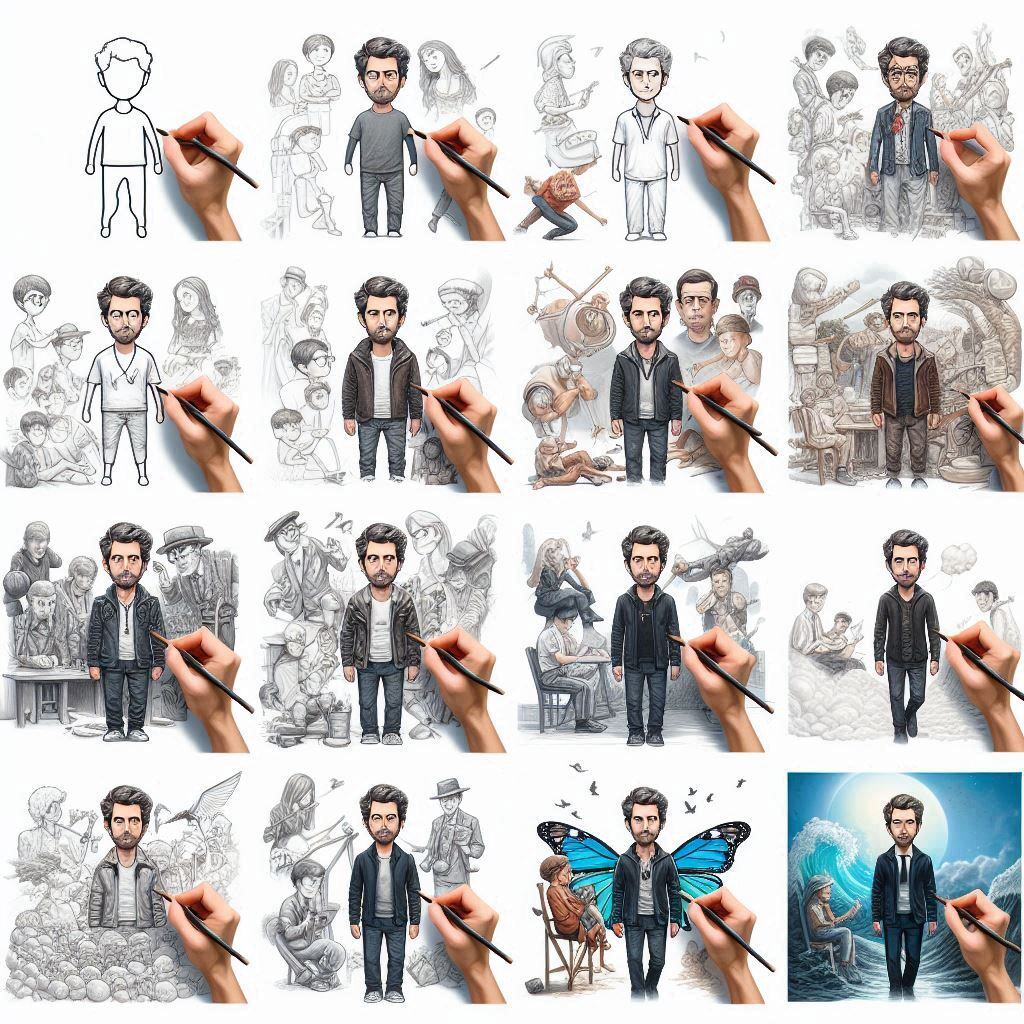What is Imagen 3?
Imagen 3 is Google DeepMind’s latest advancement in text-to-image generation technology, positioning itself as a leader among modern models like...
Discover how Large Language Models (LLMs) use image encoding and feature extraction to interpret and understand images like humans.
Large Language Models (LLMs) like GPT-4 have changed the way we think about artificial intelligence. While they started by handling text, they’ve now moved beyond words. Today, these models are learning to "read" images, combining skills in both language and vision to tackle a broader range of tasks. So, how exactly do LLMs interpret images, and what makes this capability so exciting? Let’s dive into the details.
To understand how LLMs “read” images, it helps to think of it as a multi-step process:
When an LLM looks at an image, it doesn't "see" it the way we do. Instead, it converts the picture into a series of numbers. Think of it like translating a photograph into a complex spreadsheet filled with data points. Convolutional Neural Networks (CNNs), a specific type of neural network, help scan the image and pick out patterns like edges, textures, and shapes, condensing them into a simpler, encoded version. This transformation allows the LLM to start processing the visual information.
Once the image is encoded, the model needs to identify the important parts—like picking out the main characters in a story. The model examines different features, such as objects, faces, or text within the image. Advanced attention mechanisms help the model focus on the most relevant parts, kind of like a person skimming a page for the key points.
Here’s where things get interesting. LLMs use a method called cross-modality learning to connect the dots between images and text. Imagine being trained on thousands of pictures with captions—eventually, you’d start to see patterns between the words and what’s in the pictures. That’s exactly how these models learn to associate visual data with textual information, enabling them to describe what they see or even create images from descriptions.
Traditional methods like CNNs were the go-to for image recognition, but Vision Transformers (ViT) are changing the game. Originally built for text tasks, transformers have proven their worth in handling visual data too. Here’s a quick breakdown of how they work:
Vision Transformer Basics: Transformers look at images differently from CNNs. Instead of focusing on small, local patterns, they break down an image into smaller patches, like pieces of a puzzle. Each patch becomes a "token," and the model learns to recognize patterns by examining how these pieces fit together. This approach allows the model to understand the entire image, not just parts of it, which is crucial for grasping the bigger picture.
One of the most exciting developments in this space is OpenAI's CLIP (Contrastive Language-Image Pre-training), which merges the strengths of both LLMs and vision models. Think of it like a translator that speaks both "image" and "text." CLIP is trained on a massive dataset of images paired with their descriptions, teaching it to connect visual data with language.
Dual Encoder Setup: CLIP uses two separate encoders, one for images and another for text. The image encoder processes visual data, while the text encoder handles written descriptions. Both encoders work simultaneously to match the right images with the right captions, kind of like pairing socks after laundry!
Learning Through Contrasts: CLIP doesn’t just learn what matches—it also learns what doesn’t match. By training on pairs of images and text that are both correct and incorrect, it gets better at understanding the nuances and relationships between visual elements and language. This approach helps it become more precise, kind of like learning to tell the difference between similar shades of color.
Image Captioning LLMs can create captions for images by understanding what’s depicted—like identifying objects, settings, or even the mood of a picture. This is incredibly useful for automatically tagging images in large databases, like those used by photo libraries or social media platforms.
Visual Question Answering (VQA) These models can answer questions based on the content of an image. For example, you might show an image of a busy street and ask, "How many people are crossing?" The model can analyze the scene and provide an answer by recognizing the people and their actions.
Image-Based Search Instead of typing keywords into a search engine, imagine uploading an image and getting related results. LLMs that can "read" images make this possible, improving the way we find information visually.
Content Moderation Platforms can use these models to automatically identify inappropriate or harmful content by analyzing images for context and specific elements, helping maintain community standards and safety.
Today’s models are just the beginning. Future models could integrate even more advanced forms of understanding, like recognizing 3D objects, depth, or abstract concepts such as emotions.
As hardware improves, expect these models to interpret images in real-time, enhancing applications in augmented reality (AR), virtual reality (VR), and autonomous driving.
Imagine a model that uses knowledge from one field (like language) to enhance another (like vision). This kind of cross-domain learning could lead to creative AI applications we can’t even imagine yet.
LLMs are pushing boundaries by moving beyond text to interpret images, thanks to a combination of encoding, feature extraction, and cross-modality learning. With the help of Vision Transformers and multi-modal models like CLIP, these technologies are learning to understand the world more like humans do. The result? A future where AI can see, speak, and understand with an unprecedented level of sophistication.
At Integrail, we’re at the forefront of this AI evolution, helping businesses harness these technologies to drive innovation, improve efficiency, and create new opportunities. Whether you’re looking to streamline workflows, improve customer service, or develop groundbreaking AI applications.

Imagen 3 is Google DeepMind’s latest advancement in text-to-image generation technology, positioning itself as a leader among modern models like...

Google Gemini AI is a powerful artificial intelligence platform developed by Google to enhance various applications and services with advanced...

AI image generators are democratizing art, allowing anyone to create breathtaking images with just a few words. But, the key to unlocking this...
Start your journey with Integrail

Try AI Studio by Integrail FREE and start building AI applications without coding.

NEW White Paper: Discover how AI Studio accelerates your workflows